Self-harm is defined as the infliction of pain onto oneself and can be seen as a symptom of several different mental health disorders, especially in adolescents. Self-harm behaviors typically include restrictive and binge eating, cutting, hitting, scratching, burning, and picking. There are a variety of reasons why people may self-harm and research suggests that these are the most common:
- Expressing or coping with emotional distress
- Trying to feel in control
- A way of punishing oneself
- Relieving emotional tension or pain
Digital self-harm
Developmental and Clinical Psychologists are trying to understand more about a relatively new form of self-harm. Digital self-harm is defined as the anonymous or pseudonymous posting of negative or hurtful content towards oneself on the internet or social media platforms. This type of self-harm focuses on emotional harm rather than physical and has been found to be most common in adolescents.
Prevalence
Researchers estimate that a minimum of 10% of all adolescents engage in digital self-harm, also referred to as self cyber-bullying. Further, there is a strong positive association between bullying victimization, negative emotions, and digital self-harm. With the average 12-18 year old reporting spending over 8 hours a day on electronic devices, there is reason to worry that this number will increase. Many researchers suggest that boys are more likely to engage in digital self-harm than girls.
Risk Factors
Research is ongoing regarding the risk factors for those who engage in digital self-ham behaviors. As of 2022, these factors appear to be the biggest risks:
- History of school bullying
- History of cyber bullying
- Sexual orientation (those who identify as gay, lesbian, or bisexual appear to be more likely to report the behavior)
- Drug or alcohol use
- History of physical-self harm behaviors
Treatment
Treatment for self-harm behaviors, including digital self-harm, can include a combination of skill building and cognitive restructuring using both Dialectical Behavior Therapy (DBT) and Cognitive Behavioral Therapy (CBT). Some examples of skills learned in these therapies include:
- Emotion Regulation
- Identification of self-harm triggers and alternative behaviors
- Problem solving
- Boosting self esteem
- Stress management
- Improving social and relationship skills
Bottom Line
Digital-self harm is a relatively new and less understood form of self-harm that appears to be on the rise in adolescents. As in other types of self-harm, emotional pain is a major trigger for engaging in the destructive behavior. It is important for parents to be educated about digital-self harm and help their child seek help if they are concerned about their mental health.

